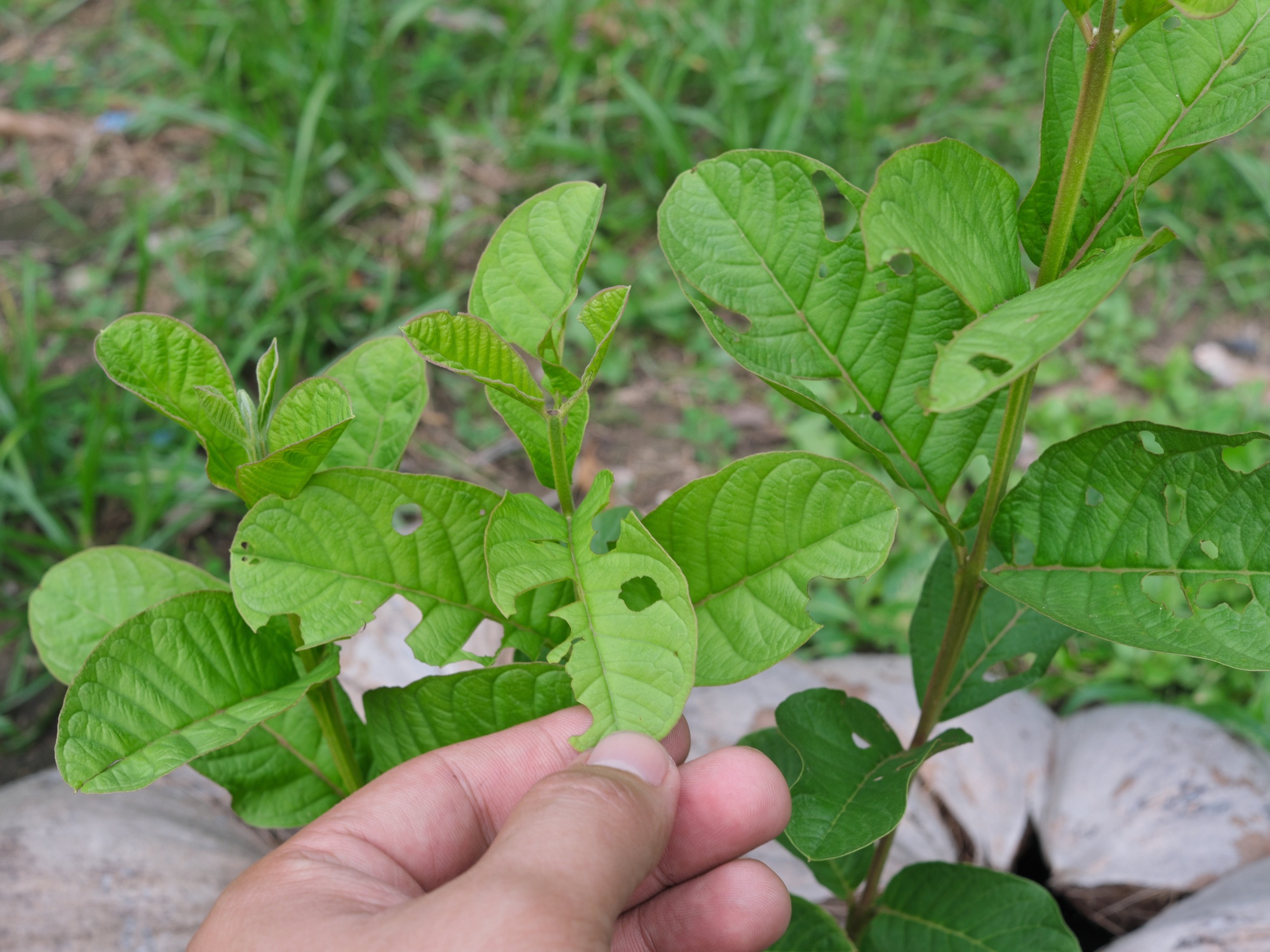Farming is the backbone of global sustenance, but it comes with its share of challenges. Among these, crop diseases rank high as major threats to agricultural productivity and food supply. Even a single outbreak can decimate a significant portion of a farmer’s yield, leading to losses in income and food shortages for communities.
For that reason, understanding crop diseases is critical for early prevention and management. Here are some of the most common crop diseases found on farms and how to address them effectively.
Identifying Early Blight
Early blight is one of the most common diseases that affects crops like potatoes and tomatoes. Caused by the fungus Alternaria solani, it thrives in warm, humid conditions. This disease manifests as dark circular spots on older leaves, often with concentric rings. Left untreated, early blight defoliates plants and significantly reduces yield quality.
Farmers combating early blight should implement crop rotation and plant disease-resistant crop varieties. Additionally, consistently removing infected debris and monitoring conditions will prevent its spread. Adopting modern agricultural technology, such as drones for disease detection, provides farmers with an innovative way to spot early blight before it escalates.
Tackling Powdery Mildew
Powdery mildew is a fungal disease notorious for leaving plants coated with a white, powdery residue. This disease affects a broad range of crops, from vegetables like zucchini to grains such as barley. Powdery mildew thrives in dry environments, but flourishes on damp plant surfaces. Symptoms include distorted leaves and stunted plant growth, both of which hamper a crop’s ability to flourish.
Farmers can combat powdery mildew by spacing plants appropriately to improve airflow and avoid excessive moisture buildup. Fungicides are an effective control measure, but it’s important to manage their application carefully to avoid overuse.
Preventing Late Blight
Late blight is infamous for causing the Irish Potato Famine, but it remains a threat to modern agriculture as well. Caused by Phytophthora infestans, this disease results in dark, water-soaked spots on foliage, eventually leading to plant tissue collapse. It spreads rapidly in cool, wet conditions, which makes prompt detection critical.
Farmers must focus on drainage and proper irrigation techniques that minimize standing water to manage this issue. Using resistant plant varieties is another proactive step, alongside routine field inspections. Current technology, such as drones equipped with multispectral sensors, enables farmers to closely monitor fields and act quickly against the signs of late blight.
Controlling Soybean Rust
Soybean rust is one of the most destructive diseases affecting soybean crops globally. Caused by fungi in the Phakopsora genus, it produces tiny lesions and pustules on leaves, which later result in premature leaf drop. This leads to diminished photosynthesis and significant yield losses.
Managing soybean rust involves the timely application of fungicides and maintaining consistent crop surveillance. Planting soybean varieties with greater resistance to rust prepares farms for outbreaks. Incorporating tools like drones for large-scale disease detection ensures that a breakout is less likely to go unnoticed.
These common crop diseases pose significant challenges for farmers, threatening yields and global food security. However, advancements in disease management and cutting-edge technology like drones have empowered farmers to stay ahead of outbreaks.
Texas Outdoors
Latest posts by Texas Outdoors (see all)
- Benefits of Two-Way Radios for Hiking and Camping – June 23, 2025
- What To Consider When Staying at Your First RV Campground – June 18, 2025
- A Quick Guide for the Different Off-Road Trail Ratings – June 11, 2025

Leave a Reply